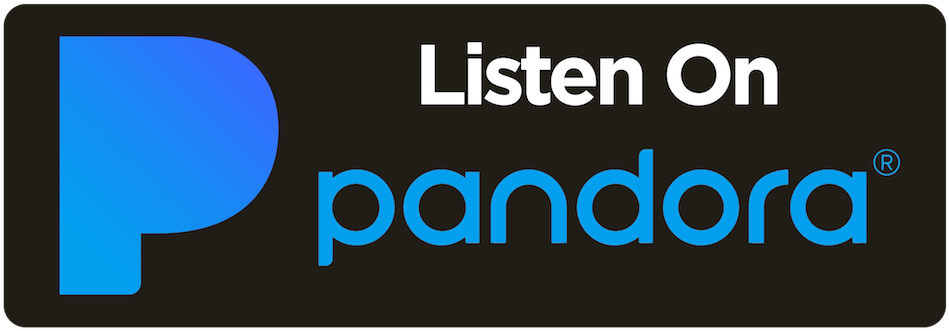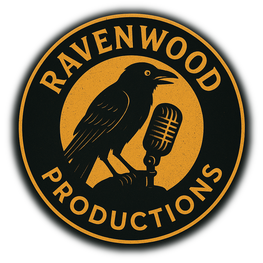Communicating with the Dead—Methods, Mysteries, and Risks

Author: Juniper Ravenwood
Published: May 7, 2025
Blog: The Shadow Blog, shadowfrequencypodcast.com
The desire to connect with those who’ve passed on is as old as humanity itself. In Episode 97 of The Shadow Frequency, we plunged into the eerie world of communicating with the dead, exploring methods that have captivated and terrified people across centuries. As the producer, I’ve seen my fair share of spooky topics, but this one left me checking the shadows. Let’s dive into the methods, cultural roots, and chilling risks of reaching beyond the veil.
Ancient and Modern Methods
Throughout history, cultures have developed rituals to commune with the dead. In ancient Egypt, priests used incantations to guide souls to the afterlife, while Mexico’s Day of the Dead invites spirits back with vibrant altars. In the 19th century, the Spiritualist movement popularized séances, where mediums channeled spirits through voices or apparitions. The Ouija board, introduced in 1890, turned spirit communication into a household activity, its planchette gliding under unseen guidance. Automatic writing, practiced from ancient China to Victorian parlors, sees practitioners penning messages in a trance-like state, allegedly from the dead. Each method carries a promise: a chance to hear from loved ones or uncover cosmic truths.
The Cultural Pull
Why do we seek the dead? Grief, curiosity, and a hunger for meaning drive us. In Haitian Vodou, only trained priests commune with spirits, reflecting a deep respect for the other side. Japanese Shinto rituals honor ancestors with precision to avoid offense. These traditions reveal a universal truth: the dead remain part of our lives, and we long to keep them close. Whether through a candlelit séance or a Day of the Dead ofrenda, these practices offer solace and connection, even as they tread on mysterious ground.
The Risks of Reaching Out
But the allure comes with shadows. Historical accounts warn of séances gone awry, like a 1920s London session that unleashed a poltergeist, tormenting participants with flying objects and whispers. Ouija boards are notorious for stories of possession or hauntings, with users reporting an unshakable sense of being watched. Automatic writing can leave practitioners drained or haunted by what they’ve channeled. Many believe these methods open doors to malevolent entities—spirits that mimic loved ones or worse. Even modern tales, like a 2023 New Orleans Ouija session predicting a flood, blur the line between coincidence and the supernatural.
A Skeptical Lens
While the paranormal draws us in, some argue these experiences have earthly explanations. The ideomotor effect suggests that during Ouija sessions or automatic writing, our subconscious minds guide the planchette or pen, not spirits. Yet, for those who’ve felt a presence or received messages too specific to dismiss, skepticism only deepens the mystery. The truth lies in the gray space between belief and doubt.
Tread Carefully
If you’re tempted to try communicating with the dead, proceed with caution. Set protective boundaries—use rituals, limit session times, and trust your instincts if something feels off. The spirit world, if it exists, demands respect. As we explored in Episode 97, the line between the living and the dead is thin, and crossing it can leave you changed.
Join the Conversation
What’s your take on communicating with the dead? Would you dare try a Ouija board or attend a séance? Visit shadowfrequencypodcast.com to listen to Episode 97, leave a voicemail, or share your thoughts at shadowpodcast@protonmail.com (mailto:shadowpodcast@protonmail.com). Check out our Shadow Blog for more paranormal insights, and support the show by buying us a coffee. Until next time, keep listening for the frequencies that linger in the shadows.























